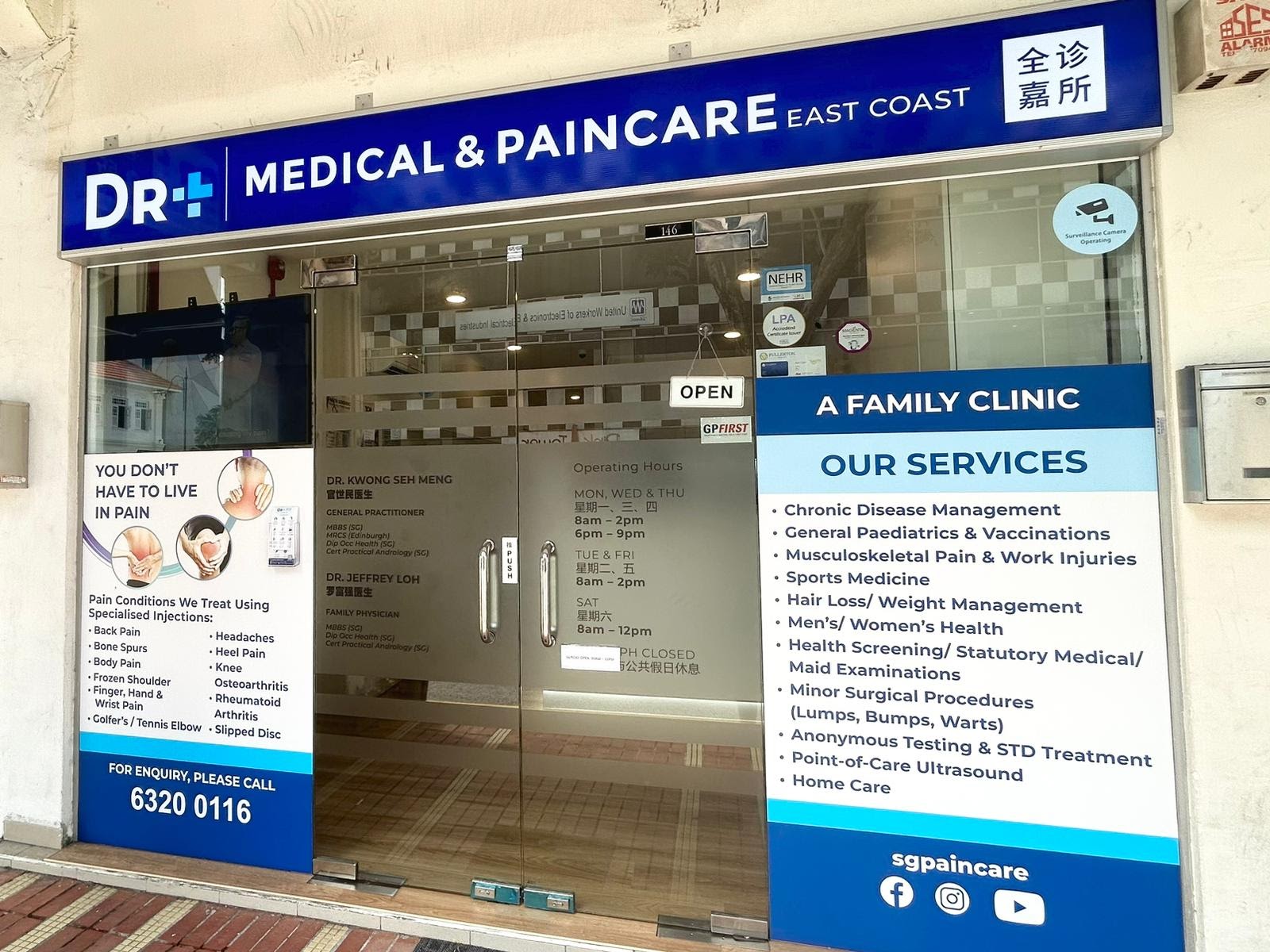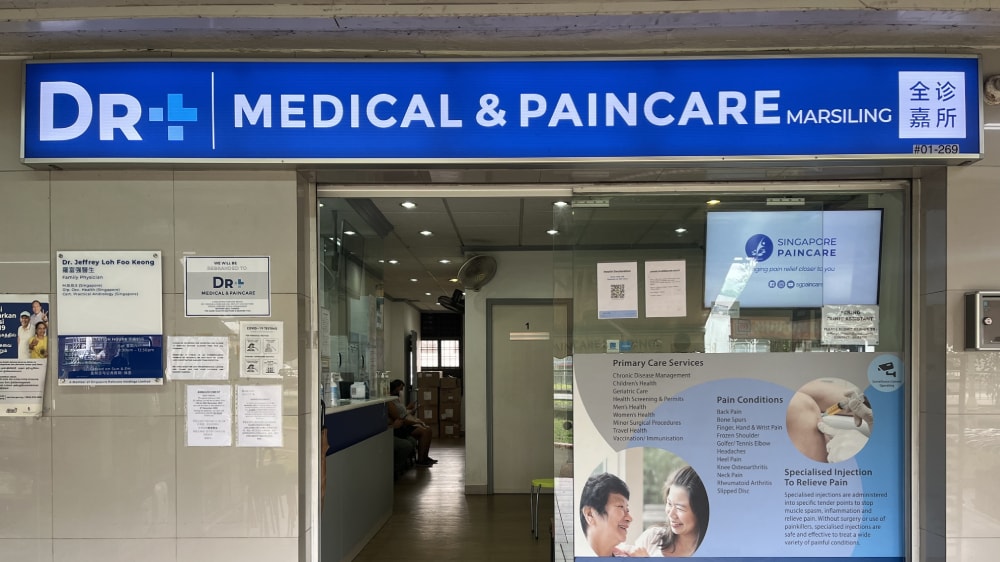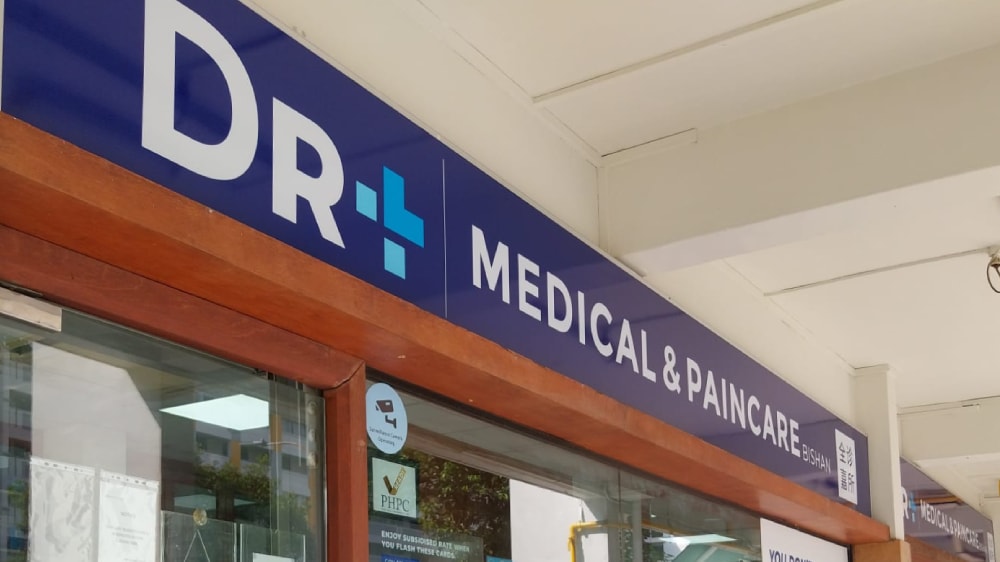Shoulder Sprain

What is Shoulder Sprain
A shoulder sprain occurs when the ligaments in the shoulder are overstretched or torn. Ligaments, the tough bands of tissue, play a role in connecting bones within the joint and facilitating arm movements like lifting, lowering, and rotation.
The shoulder is comprised of four main bones: the scapula, acromion, clavicle, and humerus. These are interconnected by ligaments. The integrity of these ligaments helps maintain shoulder strength, stability, and a full range of motion.
Signs and Symptoms
The symptoms of a shoulder sprain vary depending on the severity of the injury. Common signs include:
Pain and Stiffness
The primary symptom, pain in a shoulder sprain, can range from mild to severe and is typically worsened by moving the shoulder. Stiffness in the joint often accompanies the pain, limiting the range of motion.
Swelling and Tenderness
Swelling is a common reaction to the injury and can be accompanied by tenderness in the shoulder area. The degree of swelling can vary based on the injury’s severity.
Instability in the Shoulder Joint
In more severe cases, a shoulder sprain can lead to instability within the joint. This may manifest as a sensation of the shoulder “giving way” or being less secure, particularly during certain movements or when bearing weight.
Causes and Risk Factors
The development of a shoulder sprain is often linked to specific causes and risk factors:
- Direct Trauma and Impact: Falls or direct blows to the shoulder, such as falling on an outstretched arm or experiencing a collision in sports, can overstress the shoulder ligaments.
- Repetitive Motion and Overuse: Activities that involve repetitive shoulder movements, especially without adequate rest, can gradually weaken and overstretch the ligaments.
- Poor Conditioning and Muscle Imbalance: Lack of strength or imbalance in shoulder muscles can put extra strain on the ligaments, making them more susceptible to injury.
- Improper or Inadequate Warm-up: Not performing proper warm-up exercises before intense physical activities can leave the shoulder ligaments less flexible and prone to injury.
- Previous Shoulder Injuries: Individuals with a history of shoulder injuries may have weakened ligaments, making them more vulnerable to sprains.
- Age and Degeneration: As people age, ligaments can become less elastic and more prone to injury. Degenerative changes in the shoulder can also increase the risk of sprains.
Treatment Modalities
Pain Medication (Pharmacotherapy)
This involves the use of medications such as Non-Steroidal Anti-Inflammatory Drugs (NSAIDs), opioids, and other specialised medications designed for pain management. The type and dosage are tailored to the individual’s condition and medical history.
Myospan
Minimally invasive treatments aim to effectively relieve common pain conditions by targeting pain sources.
- Coreflex Injections: Typically contain a corticosteroid and are used for inflamed joints or tissues.
- Platelet-Rich Plasma (PRP) injections: Utilise own platelets to promote healing in damaged tissues.
- Intra Articular Injections: Most commonly used to treat osteoarthritis in the hip or knee, but they can also be given in other joints, including shoulders, wrists, ankles, hands, and fingers.
For chronic pain conditions originating from spinal issues, Neurospan can be performed by our team of pain specialists from Singapore Paincare Center.
Struggling With Persistent Pain?
Consult one of our DR+ today for a detailed consultation & personalised treatment plan.
Prevention Strategies
To minimise the risk of a shoulder sprain, consider the following strategies:
- Proper Warm-up and Stretching: Before engaging in any physical activity, especially sports, carry out a warm-up and stretching routine. This enhances flexibility and prepares the muscles and ligaments for the stresses of activity, reducing the risk of overstretching or tearing.
- Strength Training and Conditioning: Regular exercises that strengthen the shoulder muscles and improve joint stability can reduce the risk of sprains. This includes targeted exercises for the rotator cuff and surrounding muscles.
- Ergonomic Considerations: For individuals engaged in repetitive shoulder movements at work or during sports, ergonomic adjustments can help minimise stress on the shoulder joint.
- Posture and Technique: Have a proper posture and use the correct techniques during physical activities, especially in sports and exercise routines. Incorrect movements can place undue strain on the shoulder ligaments.
- Gradual Progression in Activities: Increasing the intensity and duration of physical activities gradually gives the shoulder time to adapt, reducing the likelihood of sprains.
- Rest and Recovery: Ensuring adequate rest and recovery time between strenuous activities allows the shoulder to heal and regain strength, preventing overuse injuries.
Our Clinics
- Mon, Tue & Thu: 9am to 1pm, 2pm to 4pm, 6:30pm to 9:30pm
- Wed & Fri: 9am to 1pm, 2pm to 4pm
- Sat: 9am to 1pm
- Closed on Sun & PH
-
(Kindly note that clinic’s last registration is 15mins before closing time.)
- Mon, Wed, Thu: 8:00am – 2:00pm, 6:00pm – 9:00pm
- Tue & Fri: 8:00am – 2:00pm
- Sat: 8:00am – 12:00pm
- Sun: 10:00am – 1:00pm
- PH: Closed
#01-54 The Midtown, Singapore 533971
- Mon to Fri: 8:00am – 12:00pm, 1:00pm – 3:00pm, 6:00pm – 9:00pm
- Sat: 8:00am – 12:00pm
- Sun & PH: Closed
988 Upper Serangoon Rd, Singapore 534733
- Mon to Fri: 8:30am – 2:30pm, 6:00pm – 10:00pm
- Sat & Sun: 8:30am – 12:30pm
- PH: Closed
-
(Kindly note that clinic’s last registration is 15mins before closing time.)
Singapore 730018
- Mon: 8:00am – 9:00pm
- Tue – Fri: 8:00am – 4:30pm, 7:00pm – 9:00pm
- Sat: 8:00am – 12:30pm
- Sun & PH: Closed
-
Kindly note that clinic’s last registration is 15mins before closing time.
-
(Last registration timing – Mon: 8:45pm, Tue – Fri: 4:15pm & 8:45pm, Sat: 12:15pm)
Thomson Imperial Court, Singapore 574424
- Mon to Wed: 8:30am – 10:00pm
- Thu: 8:30am – 3:00pm, 6:00pm-9:30pm
- Fri: 8:30am – 6:00pm
- Sat & Sun: 9:00am – 3:00pm
- PH: Closed
-
(Kindly note that clinic’s last registration is 15mins before closing time.)
#01-95, Singapore 570121
- Mon to Fri: 8:00am – 5:00pm, 6:00pm – 9:00pm
- Sat & Sun: 8:00am – 1:00pm
- PH: Closed
-
(Kindly note that clinic’s last registration is 15mins before closing time but may close earlier if the queue is unusually long.)
- Mon, Wed & Fri: 8:30am – 12:30pm, 1:30pm – 4:30pm, 6:00pm – 9:00pm
- Tue & Thu: 8:30am – 12:30pm, 1:30pm – 4:30pm
- Sat: 8:30am – 12:30pm
- Closed on Sun & PH
-
(Kindly note that clinic’s last registration is 15mins before closing time.)
Need Advice On Your Condition?
Please fill out the form and we will be in touch with you shortly.
Frequently Asked Questions (FAQ)
What is the recovery time for a shoulder sprain?
The recovery time varies depending on the severity of the sprain. Mild sprains may heal within a few weeks, while more severe ones could take several months.
Can I still exercise with a mild shoulder sprain?
Light exercises and stretching may be beneficial for mild sprains. Try to avoid activities that exacerbate the pain. Talk to our Doctors for personalised advice.
What are the signs that a shoulder sprain is healing?
Improvement in pain levels, increased range of motion, and decreased swelling are indicators of healing.
When should I see a doctor for a shoulder sprain?
If the pain persists, intensifies, or is accompanied by swelling, bruising, or restricted shoulder mobility.
Are there any specific exercises to strengthen the shoulder after a sprain?
Yes, physical therapy exercises focused on strengthening and stabilising the shoulder can aid recovery. Your doctor can provide you with tailored exercises.
How can I differentiate between a shoulder sprain and more serious injuries?
A shoulder sprain presents with pain, swelling, and limited motion. More serious injuries may involve intense pain, deformity, or complete loss of shoulder function. Diagnostic imaging is often required for a definitive differentiation.
Is it possible for a shoulder sprain to recur?
Yes, especially if the shoulder is not properly rehabilitated or if engaging in high-risk activities without adequate preparation.








